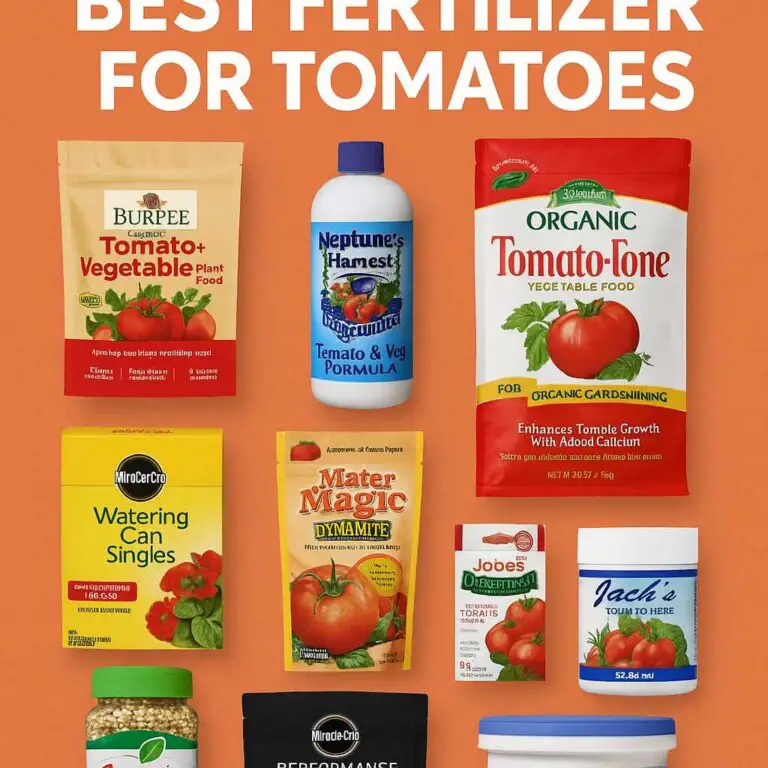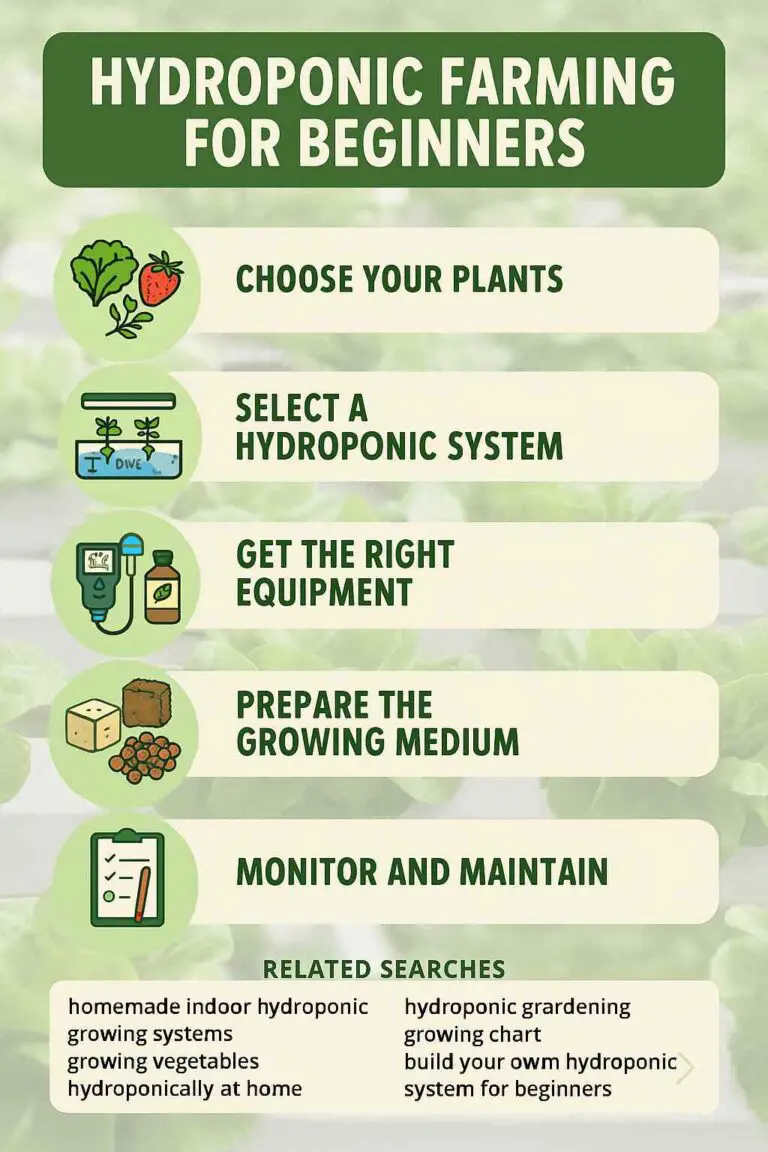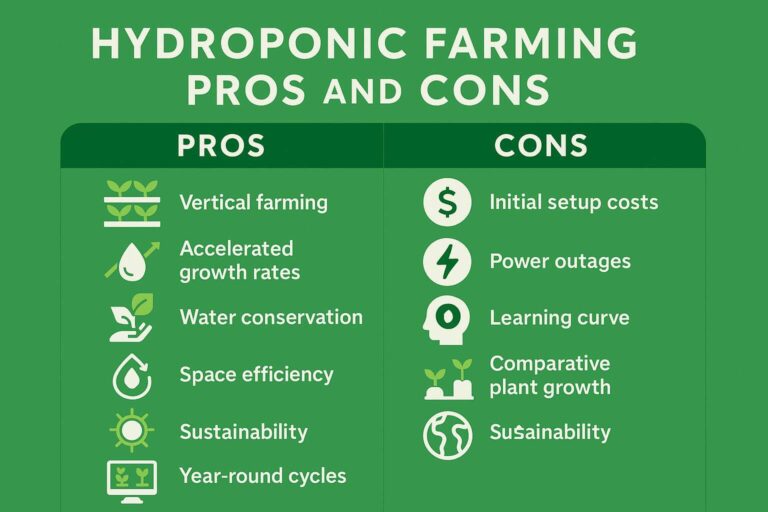Venus Fly Traps (Dionaea muscipula), with their carnivorous allure, have captivated plant enthusiasts for generations. While they may appear challenging to cultivate, with the right knowledge and care, these fascinating plants can thrive year-round, even during the harsh winter months. In this in-depth guide, we will explore every facet of caring for Venus Fly Traps in winter to ensure their health and longevity.
Understanding the Venus Fly Trap
Before delving into winter care, it’s crucial to comprehend the intricacies of the Venus Fly Trap. Native to the wetlands of North and South Carolina, these carnivorous perennials have evolved unique adaptations to thrive in their challenging habitats. They are best known for their hinged traps, which snap shut when triggered by unsuspecting insects, providing the plant with essential nutrients it cannot obtain from the nutrient-poor soil.
The Winter Dormancy Period
Like many plants, Venus Fly Traps undergo a period of dormancy during the winter months. This is a natural part of their life cycle, and understanding it is vital for successful care. Dormancy typically occurs between November and February, but exact timing can vary depending on environmental factors and location.
During dormancy, Venus Fly Traps reduce their metabolic activity and focus on conserving energy. Their growth slows down, and older traps may turn black and die off. While this might seem alarming, it’s a normal part of the plant’s adaptation to the colder season.
Preparing Your Venus Fly Trap for Winter
Proper preparation is essential to ensure your Venus Fly Trap enters dormancy in optimal condition:
1. Adjust Lighting
As winter approaches, daylight hours decrease, and the intensity of natural sunlight diminishes. To compensate for this, consider moving your Venus Fly Trap to a bright location, such as a south-facing window, or supplement its light with artificial grow lights. Adequate light is crucial to help the plant prepare for dormancy.
2. Reduce Feeding
In the weeks leading up to dormancy, gradually reduce or cease feeding your Venus Fly Trap. This allows the plant to digest any remaining prey and redirect its energy towards preparing for the dormant phase. Feeding during dormancy is unnecessary and may even harm the plant.
3. Adjust Watering
During dormancy, you should adjust your watering routine. While Venus Fly Traps require consistently moist soil during their growing season, they need less moisture in winter. Aim to keep the soil damp but not waterlogged. Overly wet conditions can lead to root rot.
4. Maintain Temperature
Venus Fly Traps require cooler temperatures during dormancy. Ideally, keep your plant in an environment with temperatures between 35°F to 50°F (1.5°C to 10°C). If you’re growing your plant outdoors, provide protection from frost by bringing it inside or using a cold frame.
5. Prune Dead Traps
As your Venus Fly Trap enters dormancy, you’ll notice older traps turning black and dying off. To prevent mold and fungal issues, carefully trim away these dead traps using sterile scissors or pruning shears. Leave any healthy green traps untouched.
Caring for Venus Fly Traps During Winter
Once your Venus Fly Trap has entered dormancy, it requires minimal intervention. However, you should continue monitoring its condition to ensure it remains healthy throughout the winter:
1. Maintain Cool Temperatures
Keep your Venus Fly Trap in an environment with temperatures within the recommended range. Avoid exposing it to extreme cold or rapid temperature fluctuations, as these can stress the plant.
2. Provide Adequate Light
Even during dormancy, Venus Fly Traps need some light to thrive. Place your plant in a location where it receives indirect sunlight or use artificial grow lights for approximately 10-12 hours a day. Avoid placing it in direct sunlight during this phase, as it can lead to excessive drying of the soil.
3. Limit Watering
During dormancy, water your Venus Fly Trap sparingly. While you should prevent the soil from drying out completely, overwatering can be detrimental. Typically, watering every two to three weeks is sufficient to maintain soil moisture.
4. Maintain Humidity
While the soil should be kept relatively dry, you can create a microclimate of higher humidity around the plant. Place a humidity tray filled with water and pebbles near your Venus Fly Trap to achieve this. The extra humidity helps prevent desiccation of the traps.
5. Avoid Fertilization
Resist the temptation to fertilize your Venus Fly Trap during dormancy. These plants are adapted to nutrient-poor soils, and their nutritional needs are met through carnivorous feeding. Fertilizing during dormancy can harm the plant.
6. Check for Pests
Pests like spider mites and aphids can still pose a threat during dormancy. Regularly inspect your plant for signs of infestation, and if necessary, treat the issue with appropriate pest control measures.
7. Don’t Force Feed
If you observe traps closing during the winter months, refrain from feeding your Venus Fly Trap. These traps are likely to die off soon, and the plant’s energy should be conserved for the next growing season.
Signs of a Healthy Dormant Venus Fly Trap
Throughout the winter, keep a vigilant eye on your Venus Fly Trap to ensure its well-being:
- Crisp, green crown: The central crown of the plant should remain green and firm. Any signs of browning or softening may indicate issues.
- Limited trap die-off: Some trap die-off is normal during dormancy, but it should be minimal. Extensive die-off suggests potential problems with care.
- Occasional trap closure: It’s not unusual for a Venus Fly Trap to sporadically close its traps during dormancy. However, if all traps are closed and remain so, it might indicate stress.
- Growth points: Small growth points may emerge from the crown during dormancy, indicating your Venus Fly Trap is preparing to exit dormancy.
Springtime Reawakening
As winter makes way for spring, your Venus Fly Trap will show signs of readiness to exit dormancy. This is an exciting phase for both you and your plant as it prepares to resume active growth and insect-catching. Here’s what to expect and how to care for your plant during this transition:
1. Increased Light and Temperature
Gradually expose your Venus Fly Trap to more light and warmth as spring approaches. Move it to a sunnier spot, but avoid placing it in direct sunlight immediately, as this can shock the plant.
2. Resuming Feeding
As your Venus Fly Trap produces new traps, you can gradually resume feeding it with live insects. Gently stimulate the traps with a toothpick or by massaging the trigger hairs after placing an insect inside to ensure successful digestion.
3. Consider Repotting
If your plant has outgrown its current pot or the soil has become depleted, consider repotting in early spring. Use a well-draining, acidic mix of peat moss and perlite, and be gentle when handling the delicate roots.
4. Monitor Growth
Closely monitor the growth of your Venus Fly Trap as spring progresses. Look for signs of new trap growth and potential flower stalks. If flower stalks emerge, consider removing them to conserve energy for trap production.
5. Maintain Care Routine
Continue providing the appropriate light, moisture, and humidity levels as outlined in the care routine for the growing season. Regularly check for pests and address any issues promptly.
Troubleshooting Common Winter Care Issues
Even with the best intentions, Venus Fly Traps can encounter problems during their winter dormancy. Here are some common issues and how to address them:
1. Mold or Fungus
If you notice mold or fungus on the soil’s surface, reduce watering and improve ventilation around the plant. You can also consider repotting the plant with fresh, sterile soil. Be cautious not to overwater, as excess moisture can encourage fungal growth.
2. Crown Rot
Crown rot is a severe issue that can develop if the plant’s crown remains consistently wet. If you suspect crown rot, carefully remove the affected portions of the plant with sterile tools and ensure the plant is in a well-draining potting mix.
3. Trap Die-Off
While some trap die-off is normal during dormancy, excessive die-off can be a sign of improper care. Review your care routine and make adjustments as needed to ensure the plant is receiving the right conditions.
4. Pests
Pests like spider mites and aphids can continue to be a problem during winter. Treat infestations promptly with appropriate pest control methods, such as neem oil or insecticidal soap.
5. Stunted Growth
If your Venus Fly Trap is not showing signs of new growth in the spring, it may be due to insufficient light or incorrect temperature conditions. Ensure the plant receives adequate light and is kept within the recommended temperature range.
Conclusion
Caring for a Venus Fly Trap during the winter months can be a rewarding experience when done correctly. By understanding the plant’s natural dormancy cycle and providing the right conditions, you can ensure your Venus Fly Trap emerges from winter healthy and ready for a season of active growth and insect-catching. Remember to adjust lighting, reduce feeding, maintain moisture levels, and protect your plant from extreme temperatures to ensure its survival and continued success year after year. With proper care, your Venus Fly Trap will continue to captivate and fascinate you with its unique carnivorous habits for many seasons to come.








